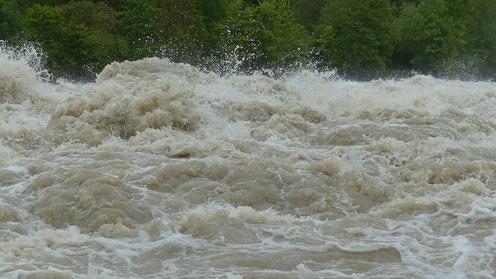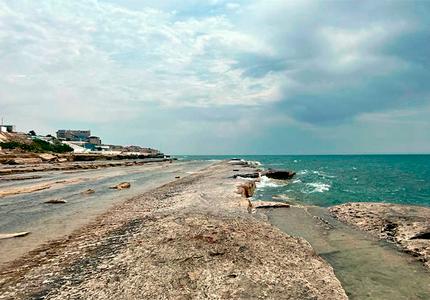The Ministry of Emergency Situations of Kyrgyzstan is employing new artificial intelligence-based technologies to help prevent water outbursts from high-altitude lakes. This is reported by 24.kg, citing the first deputy head of the department, Azamat Mambetov.
The official clarified that a combined system is used in work related to preventing lake overflows: data from artificial intelligence is compared with information from the hydrometeorological service.
According to the representative of the Ministry of Emergency Situations, based on forecasts provided for three, five, and seven days, specialists can predict possible threats with an accuracy of 91% to 97%.
Mambetov cited an example with Lake Zyndan, where there was an increase in water volume, but the system allowed them to avoid flooding. Employees promptly redirected the water flow, creating temporary river channels, thereby preventing destructive consequences for populated areas. However, the official did not specify when exactly the actions he described were carried out. But it likely refers to the situation that arose in August of this year. At that time, media reported that thanks to accurate forecasts by experts who predicted the lake's outburst two weeks before the incident, it was possible to evacuate people from the danger zone in advance and avoid a large-scale environmental disaster.
The Emergency Ministry employee added that artificial intelligence and satellite imagery are used to monitor the condition of high-altitude lakes. When the volume of water, its temperature, or transparency increases, the system automatically records such facts and warns of possible risks.
ℹ️ Mudflows remain a serious problem for Kyrgyzstan — flows of water and mud that crash down from mountains due to heavy rains causing river levels to rise. For example, in the summer of this year, the Osh region was severely affected by the disaster, where more than ten people died as a result of mudslides. In addition, almost 800 residential houses were flooded, and social facilities were damaged, including four schools, two kindergartens, two hospitals, and one museum. Authorities evacuated about 500 citizens from the disaster area.










